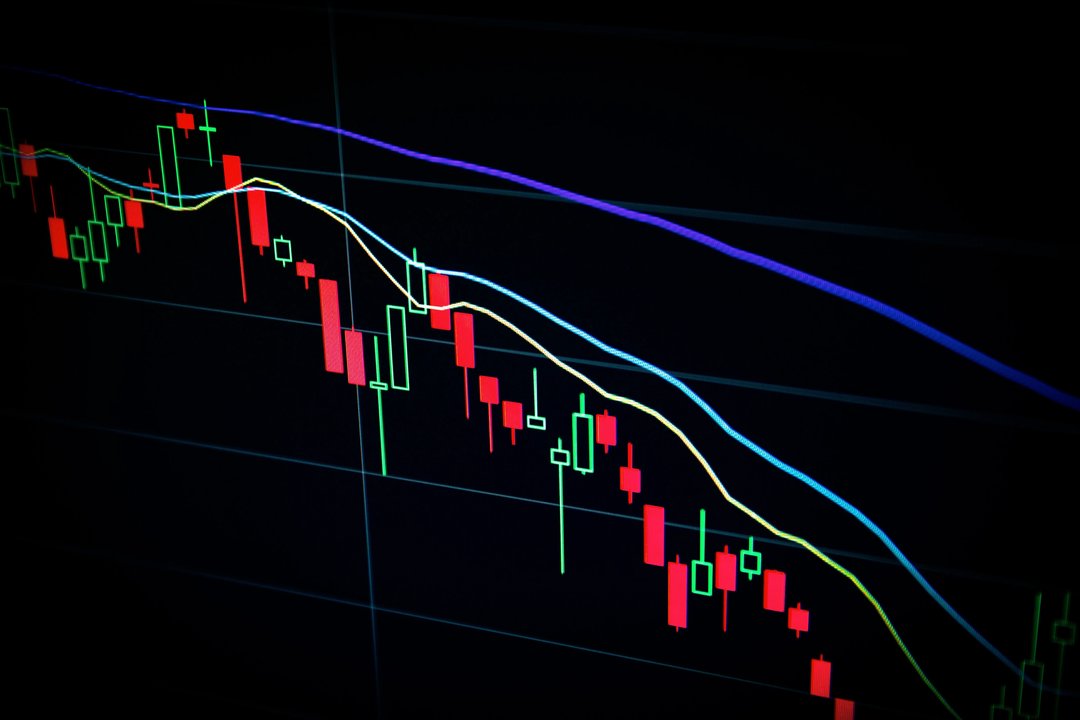
Maria Chojnowska
10 March 2023, 6 min read

What's inside
- What is data engineering?
- What is data science?
- Education and requirements
- Languages and tools
- Data engineering and data science as a duo
- Summing up
- Contact us
- Read more
Data engineering and data science are closely related fields that both play essential roles in extracting insights from data. Data engineering focuses on collecting, storing, and managing large amounts of data, while data science focuses on the analysis and interpretation of that data to draw meaningful conclusions. Together, these two fields form the backbone of any data-driven organization. Their importance increases as companies seek to gain a competitive edge through data. In this article, we will take a closer look at data engineers' and data scientists' roles and responsibilities and explore how they work together to turn raw data into actionable insights.
What is data engineering?
The task of data engineering is to collect and process raw data, assess the suitability of new sources of information, and design and launch new relational databases that allow the storage and processing of information flowing into the system. It uses modern IT tools in designing and building databases and analytical solutions, implementing analytical and information systems in cooperation with specialists and managers from outside the IT domain in the organization.
The programming languages and platforms needed for data engineering tasks are Apache Spark, Scala, Docker, Java, Hadoop, Kubernetes and Apache NiFi.
What is data science?
Data science works closely with business and data engineering. Its role is to analyze the issue comprehensively: from understanding it through preparing and processing data to building a model, visualizing it, and creating recommendations based on the analysis result.
Therefore, a person working in data science must be perfect in the field of statistics - most machine learning algorithms are based on calculus,linear and non-linear algebra.
Apart from that, a data scientist must cooperate with people, present his models and discoveries in the company and encourage his colleagues to use them.
Education and requirements
Data Engineers typically have a background in computer science, software engineering, or a related field. They should be proficient in programming languages such as Python, Java, and SQL and have experience with data storage and management technologies such as Hadoop, Spark, and Kafka. Additionally, they should understand database design well and be familiar with cloud computing platforms such as AWS, Azure, and GCP.
On the other hand, data scientists typically have a background in statistics, mathematics, and similar disciplines. They should have a strong understanding of statistical analysis, machine learning, and data visualization and know programming languages such as Python, R, and SQL. They should also have experience with data analysis tools such as Pandas, Scikit-learn, and TensorFlow.

Some companies may have different requirements, and in general, a Data Engineer should be more proficient in big data technologies and infrastructure. At the same time, a Data Scientist should be more experienced in data analysis and machine learning.
In general, both roles require a strong foundation in mathematics and statistics and a passion for working with data. They also need strong problem-solving skills and the ability to work well in a team.
Languages and tools
Let’s take a closer look at what languages, tools, and software can be helpful in data engineering and science.
Data Engineering
Data Engineers typically use a variety of languages, tools, and software to collect, store, and manage large amounts of data.
Some of the most commonly used languages include:
- Python, which has a large number of libraries and frameworks for data analysis, machine learning, and data visualization.
- Java used in the development of the Hadoop ecosystem.
- SQL is used for managing relational databases and querying data.
Data engineering uses some tools and software as well:
- Hadoop, which allows for the distributed processing of large data sets across clusters of computers.
- Apache Spark can process large data sets in a distributed environment.
- Apache Kafka provides for the handling of real-time data feeds.
- AWS Glue, Azure Data Factory, and Google Cloud Dataflow are cloud-based data integration services that allow data engineers to create, schedule, and manage data pipelines.
- Apache Airflow used to programmatically author, schedule, and monitor workflows.
Data Science
Data science also uses Python and SQL, but apart from the two, it also uses the R language for statistical computing and graphics.
It also differs in terms of applied tools and software:
- Pandas is a library for Python that provides fast, flexible, and expressive data structures designed to make working with “relational” or “labeled” data both easy and intuitive.
- Scikit-learn is a machine-learning library for Python that provides a variety of tools for building and evaluating models.
- TensorFlow is a software library for dataflow and differentiable programming across a range of tasks.
- Keras is a neural-network library with Python bindings.
- Tableau, Power BI, and Looker are all data visualization tools that allow data scientists to create interactive and intuitive visualizations of data.
- Jupyter Notebook is a web application that enables data scientists to create and share documents that contain live code, equations, visualizations, and narrative text.
Data engineering and data science as a duo
Data Engineers and Data Scientists often work together to turn raw data into valuable information. A Data Engineer's role is to ensure that data is collected, stored, and managed in a way that allows Data Scientists to access and analyze it quickly. This includes designing and building data pipelines, creating and maintaining data storage systems, and ensuring that data is appropriately structured and cleaned.
Once the data is properly collected, stored, and managed, a Data Scientist's role is to analyze the data and extract insights from it. This includes designing and running experiments, creating predictive models, and visualizing the data to communicate findings to stakeholders.
Data Engineers and Data Scientists often collaborate to ensure that the data is of high quality, that it is accessible and understandable, and that it can be used to drive business decisions.
For example, a Data Engineer may work with a Data Scientist to design and build a data pipeline that collects data from various sources and makes it available for analysis. Once the pipeline is in place, the Data Scientist can then use the data to build predictive models or create visualizations that help stakeholders understand the data better.
Summing up
In conclusion, Data Engineering and Data Science are closely related fields that play important roles in extracting insights from data. Data Engineering focuses on collecting, storing, and managing large amounts of data, while Data Science focuses on the analysis and interpretation of that data to draw meaningful conclusions. Together, these two fields form the backbone of any data-driven organization. Their importance increases as companies seek to gain a competitive edge through data.
Contact us
At Sunscrapers, we have a team of developers and software engineers with outstanding technical knowledge and experience. We can build your project successfully.
Choose Sunscrapers for your data engineering or data science project to benefit from our versatile experience and world-class expertise in Python and other modern technologies.
We can help you unlock the hidden potential of your data to improve decision-making processes, automate tasks, and boost operational efficiency.
Contact us or send us a message at hello@sunscrapers.com


